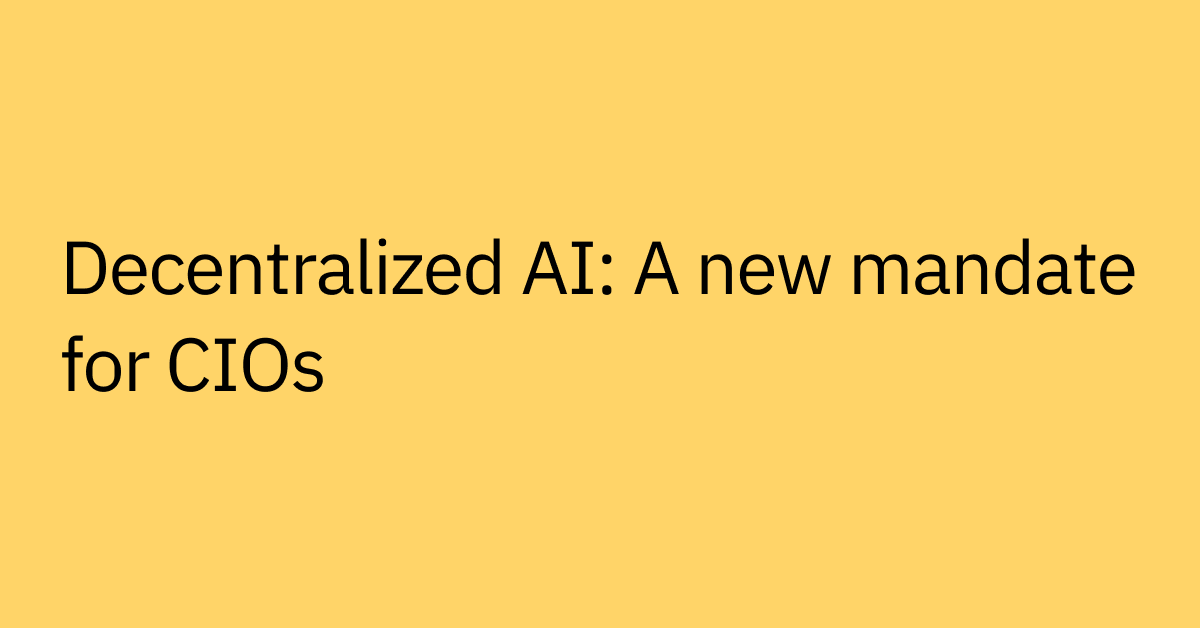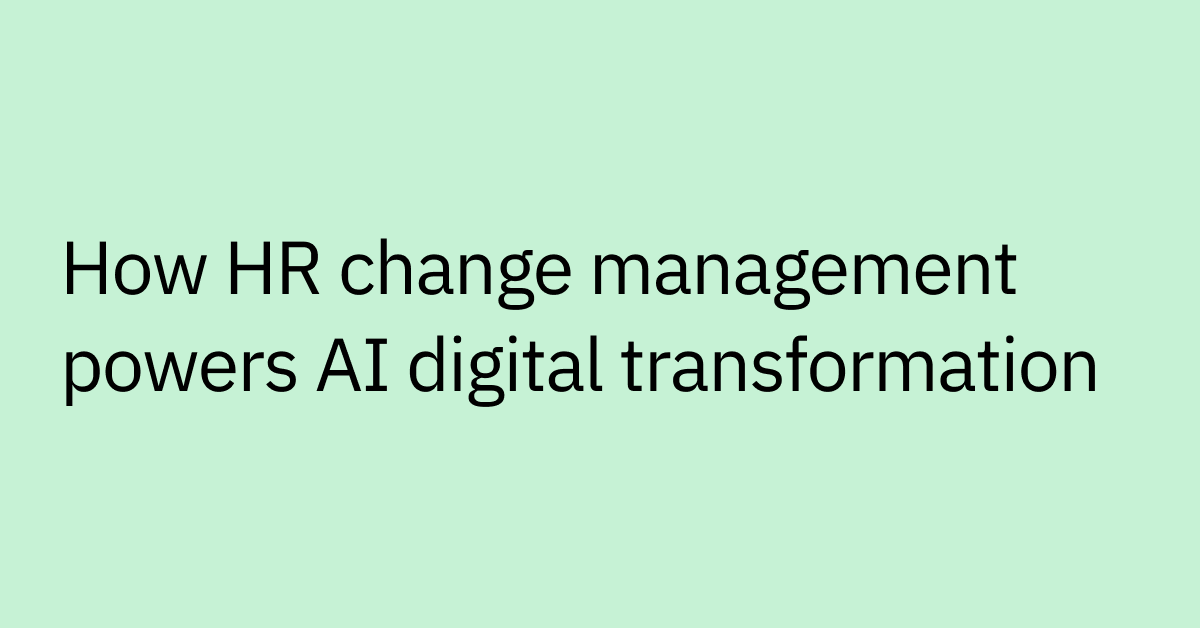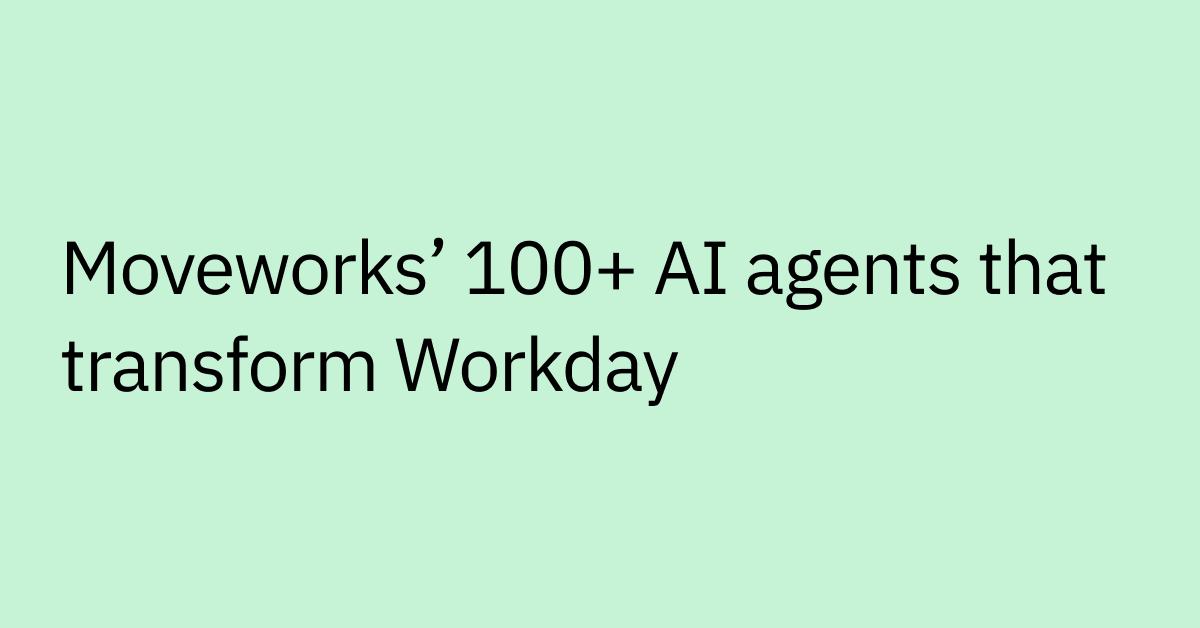Table of contents
As an HR leader, you want to create a workplace where people can do their best work — where processes are seamless, information is easy to find, and employees feel supported from day one.
But with constantly changing workflows, a growing tech stack, and rising employee expectations, keeping that focus isn’t always easy.
That’s where agentic AI comes in — AI that can reason, decide, and take action on behalf of employees, helping reduce bottlenecks and simplify the way work gets done.
In our recent webinar, Rising to the Challenge: HR’s Evolution in 2025 and Beyond, two seasoned leaders — Marjukka van Mameren-Ahonen, Head of Employee Experience at Ciena, and AnnMarie Zimmermann, Chief People Officer at Moveworks — shared their insights on the future of HR.
They explored how Ciena is transforming HR with an AI assistant, along with practical, actionable steps you can use to elevate your own employee experience strategy.
In this recap, you’ll learn how to:
- AI helps solve HR challenges
- Boost employee self-service
- See examples real HR use cases — from onboarding to policy access.
Whether you’re just starting to explore AI or ready to scale it, this recap and the full webinar will share practical examples, actionable advice, and how leaders are envisioning the future of HR.
The changing role of HR in the age of AI
HR’s role continues to expand — building on a strong foundation to take on greater strategic impact. Beyond managing core processes, HR teams are influencing company culture, driving engagement, and guiding long-term business goals — all while supporting the day-to-day needs of a modern workforce.
Zimmermann and van Mameren-Ahonen shared that key challenges HR leaders face today include:
- Helping employees navigate multiple systems to find what they need
- Keeping up with constantly evolving workflows
- Upskilling the workforce to keep pace with AI adoption
At the heart of the challenge is “discovery and usability” — ensuring employees can find the right information or complete the right task quickly, without wasted effort.
Ciena’s approach with Navi
Ciena uses “Navi,” their Moveworks AI assistant. By unifying support departments from HR, IT, legal, facilities, finance into one place, Navi reduces the need for employees to navigate different tools or remember where information is stored.
For example, when onboarding a new hire, Navi can handle provisioning, scheduling, and follow-up tasks in the background — even if changes or exceptions occur mid-process. This makes the experience smoother for both employees and managers.
Building a future-ready workforce
van Mameren-Ahonen and Zimmerman shared that successful AI adoption is as much about people as it is about technology. To prepare your workforce, these leaders recommended:
- Lead by example to show how AI complements existing skills
- Encourage continuous learning and adaptability
- Focus on soft skills like critical thinking, emotional intelligence, and effective communication
- Design programs that balance technical upskilling with flexibility, well-being, and psychological safety
What AI in HR looks like in action
AI assistants are a conversational tool that employees can interact with in plain language to search and take action for greater productivity.
Employees can use AI assistants to:
- Answer HR questions in natural language, in over 100 languages
- Pull policy or benefits details directly from connected systems and knowledge bases
- Automate actions like PTO requests, equipment provisioning, or expense approvals
- Get requests to the right team when human help is needed — while maintaining context and respecting permissions and security
AI assistants are even more powerful when they use Agentic AI. When paired with powerful AI agents that can reason, plan and act autonomously — AI assistants become a single point of access for employee self-service and task automation across the organization.
Instead of relying on static, hard-coded processes, an agentic AI assistant can:
- Search across all systems
- Interpret the intent behind a request
- Take action automatically with minimal input
- Adapt as workflows change
For example, onboarding a new hire often involves multiple systems, steps, and handoffs. With an AI assistant, a manager can simply state the outcome they need, and the system handles provisioning, scheduling, and troubleshooting — even when processes deviate from the standard path.
Takeaways for HR leaders
- Start small to explore AI’s potential before scaling
- Build self-service into processes to reduce friction and digital noise
- Invest in data integrity and knowledge management
- Use AI and prioritize agentic AI tools to automate repetitive tasks so HR can focus on culture, strategy, and employee growth
- Keep adaptability central to your HR strategy — because workflows, tools, and expectations will keep evolving
Your next step
By automating the repetitive, reducing digital noise, and making information instantly accessible, AI empowers HR teams to focus on what matters most:
- Building culture
- Driving engagement
- Shaping the future of work
Technology is only part of the equation — lasting transformation comes from combining it with trust, transparency, and a willingness to evolve.
Whether you’re just starting to explore AI or ready to scale its impact, now is the time to take meaningful steps toward a more strategic, responsive, and employee-focused HR function.
Learn more by watching the webinar: Rising to the Challenge: HR’s Evolution in 2025 and Beyond



